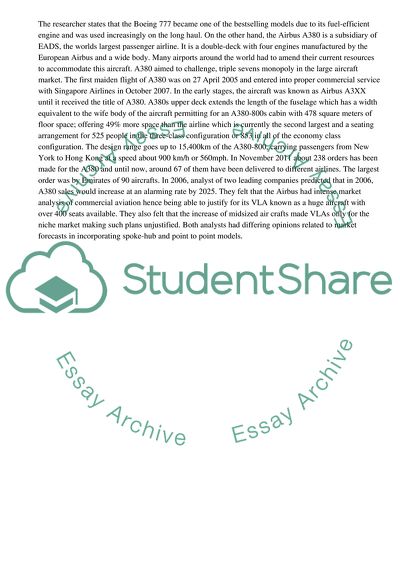Cite this document
(“Boeing Versus Airbus: The Inside Story of the Greatest International Assignment”, n.d.)
Boeing Versus Airbus: The Inside Story of the Greatest International Assignment. Retrieved from https://studentshare.org/business/1764359-aviation-strategy
Boeing Versus Airbus: The Inside Story of the Greatest International Assignment. Retrieved from https://studentshare.org/business/1764359-aviation-strategy
(Boeing Versus Airbus: The Inside Story of the Greatest International Assignment)
Boeing Versus Airbus: The Inside Story of the Greatest International Assignment. https://studentshare.org/business/1764359-aviation-strategy.
Boeing Versus Airbus: The Inside Story of the Greatest International Assignment. https://studentshare.org/business/1764359-aviation-strategy.
“Boeing Versus Airbus: The Inside Story of the Greatest International Assignment”, n.d. https://studentshare.org/business/1764359-aviation-strategy.


